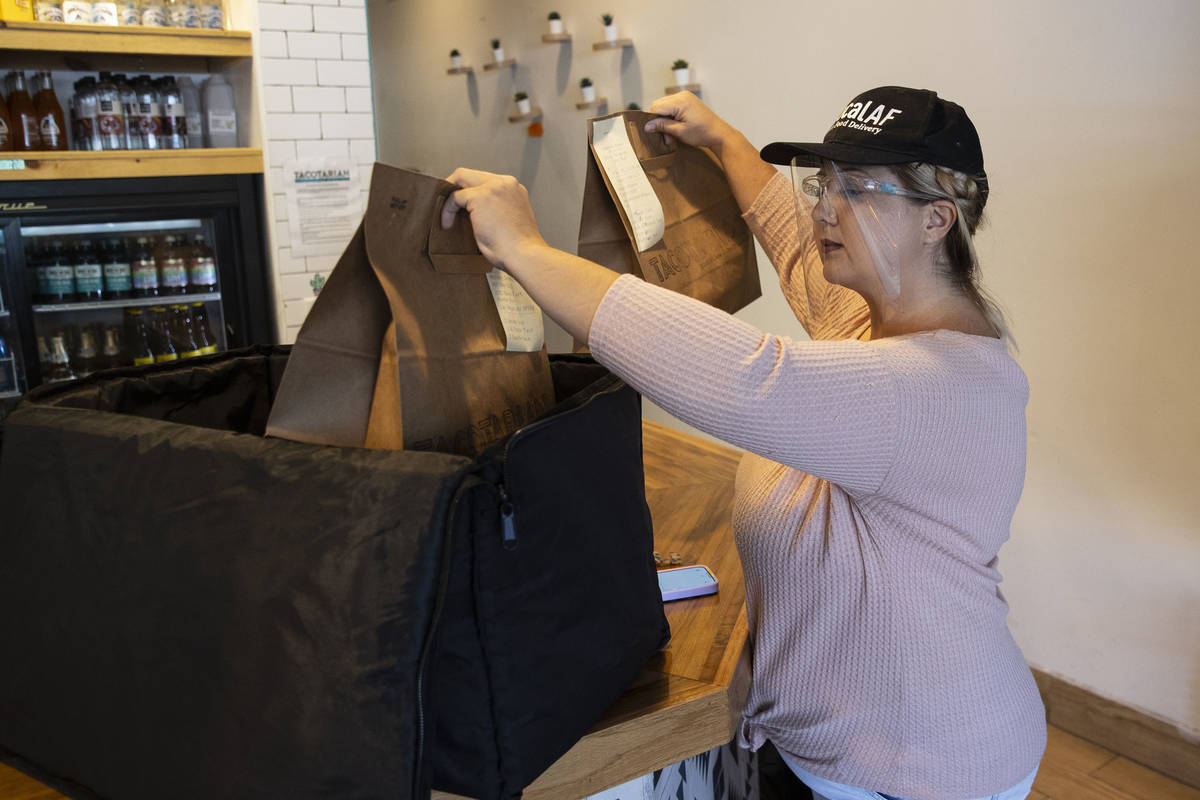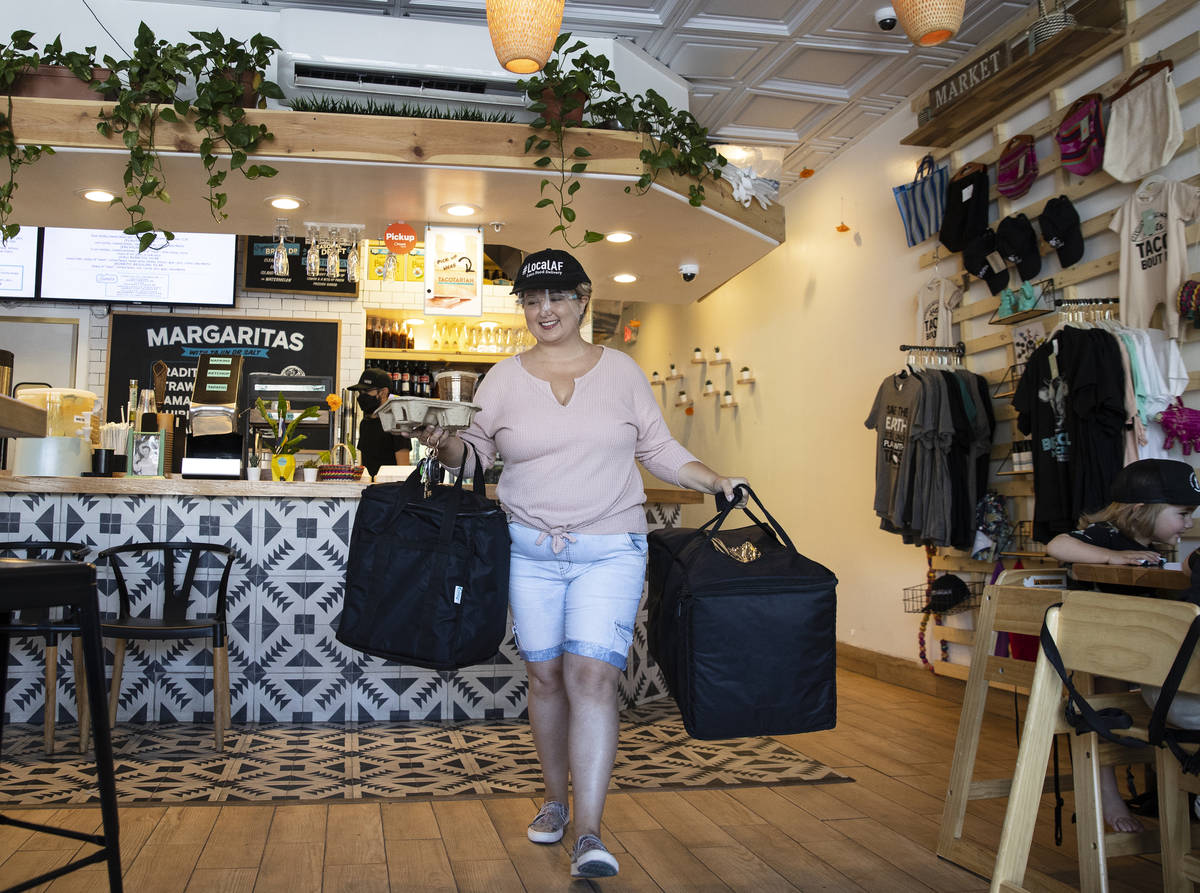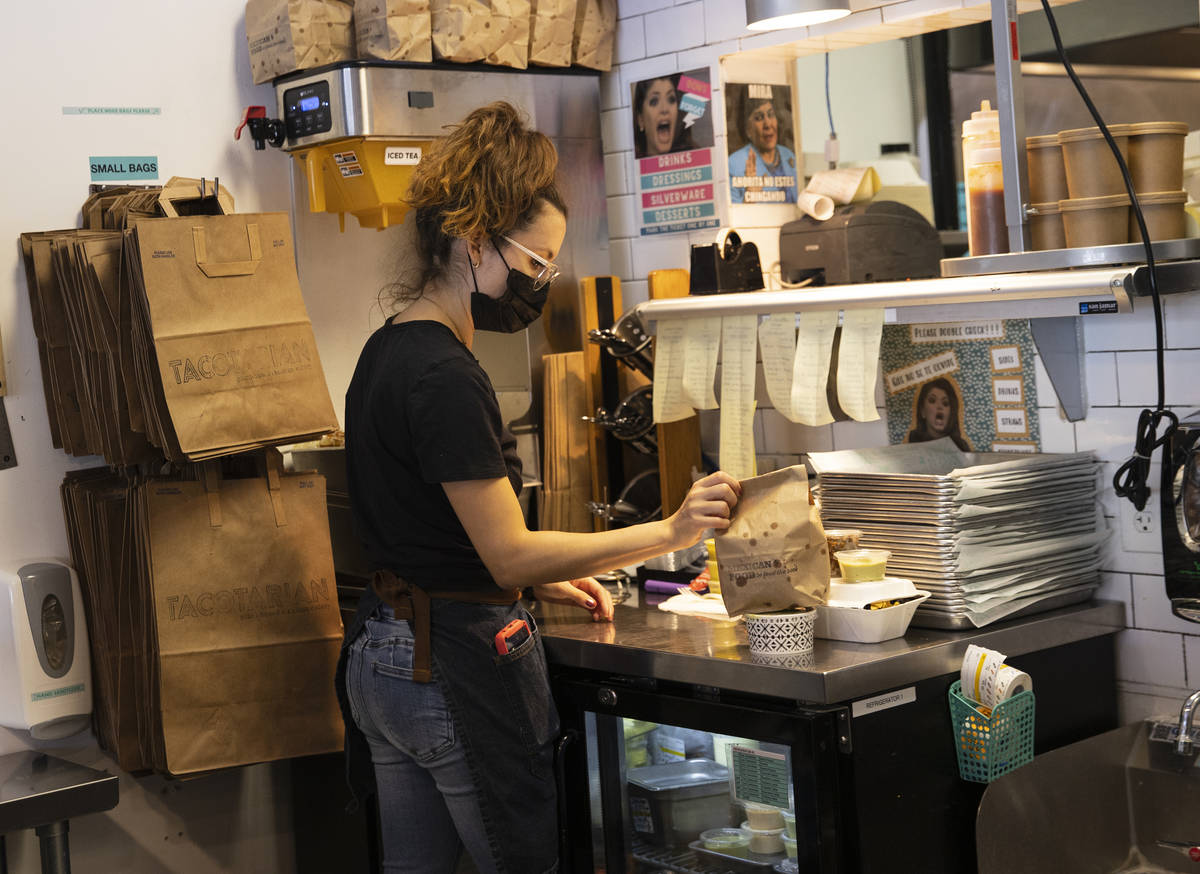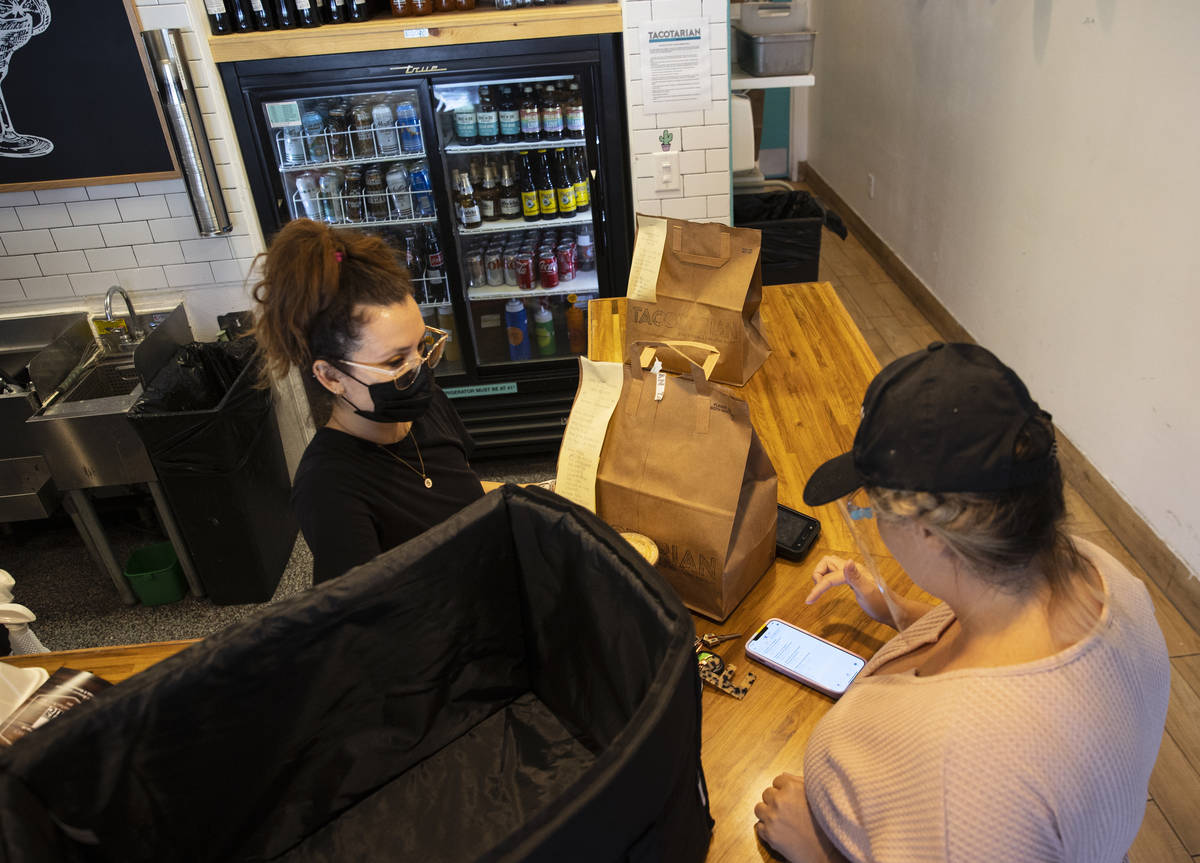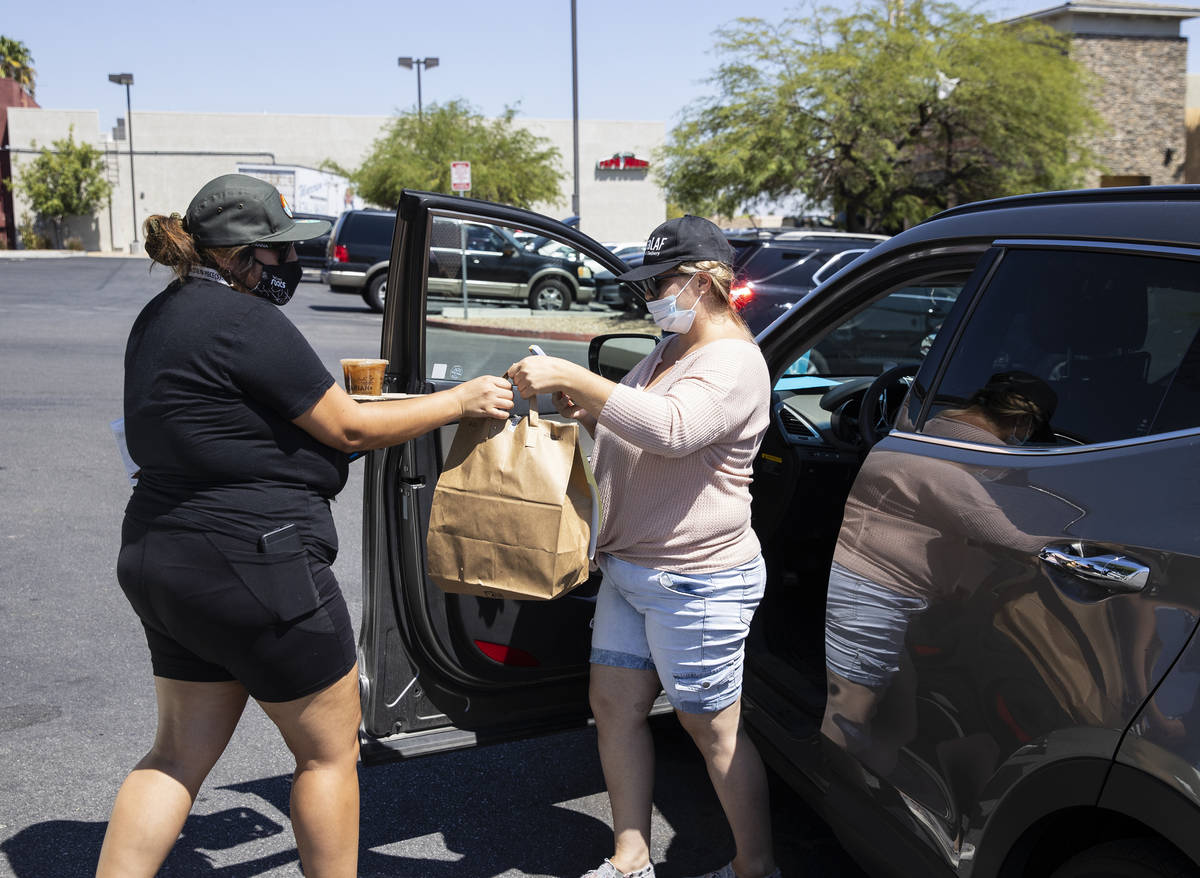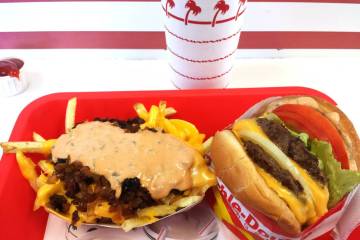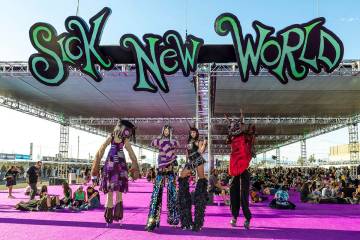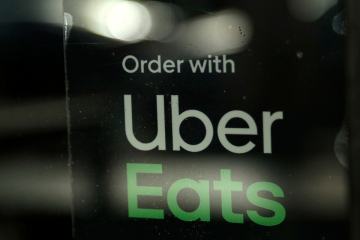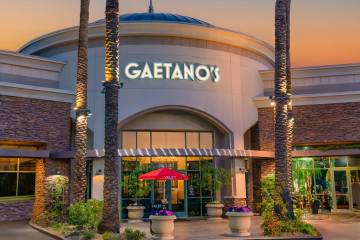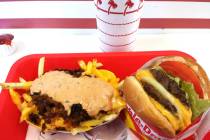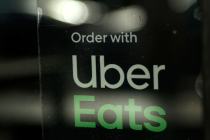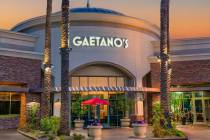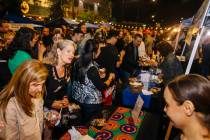Delivery co-op gives restaurants control over fees, drivers
Paying third-party delivery services more than the cost of her restaurant’s rent convinced Kristen Corral she had to do something.
The epiphany came in July 2020. The pandemic shutdown was over, but restaurants were still permitted to operate at only partial capacity, and a lot of their customers remained skittish about dining out. Takeout and delivery were the only roads to survival.
And then Corral, co-owner of Tacotarian, realized she had paid $7,500 in delivery fees to third-party services that month, when her rent was $3,500. A sneaking suspicion suddenly turned to fact.
“We kind of knew, but we were reliant on them,” Corral said. “This is what we’re gonna do if we want to deliver food.”
But she’d heard of initiatives in other cities aimed at capping the fees and limiting what she called egregious business practices and predatory behavior on the part of the huge third-party services. Some were charging owners 30 to 35 percent on orders, sometimes without an agreement. Some were posting the restaurants’ menus without the owners’ knowledge or consent. In some cases, phone numbers were posted online to imply that they went directly to the restaurants, when in reality they went to the third-party service.
“Customers think you’re on the platform and they can order from them,” she said. “They don’t realize we didn’t sign up for this.”
‘Very, very misleading’
Colin Fukunaga, founder of Fukuburger, felt her pain.
“I felt the restaurants were put in the position where we had no choice but to go with what they were charging,” he said. “It exacerbated during the pandemic because we had no alternative and so many people were getting delivery.”
Fred Delatorre, who owns Gabi’s Gorditas, initially saw the services as a useful tool. “When you’re a small business, it’s really attractive,” he said. “It’s enticing: ‘We’re going to get these 50,000 customers.’ ”
But he had a rude awakening.
“It’s very, very misleading,” Delatorre said. “The experience is never what we’re promised. And the way they approach you is aggressive; it’s almost threatening. If you’re not really savvy, you don’t realize that 30 percent of your profit is going out the window.”
“If you make 20 percent as a restaurant, that’s a pretty good operating profit,” Fukunaga said. “But you’re getting charged 30 percent.”
“Your customer gets all these fees and they assume it’s you,” Delatorre said. “A $4.50 gordita costs $8.95.”
(Uber Eats and Postmates couldn’t be reached for comment. Grubhub didn’t respond to a request for comment. A spokeswoman for DoorDash said fees go to help pay drivers, or “Dashers,” who earn an average of $25 per hour, and as of April, small businesses could choose to pay 15, 25 or 30 percent on orders, which determines the services restaurant owners receive. She said that as of November, DoorDash doesn’t list businesses without a formal partnership agreement, and provides drivers with information on food safety and alcohol awareness.)
Turning to Loco
Corral and like-minded operators convinced the Clark County Commission to cap the fees that such services could charge, but some found ways around them. And then Corral heard about Loco, a delivery cooperative founded by Jon Sewell in Iowa City, Iowa.
“I looked into his model, and he said he had been franchising it to other cities,” Corral said. She and her business partners bought the rights to the franchise for the Las Vegas area and started getting other restaurants involved. About 75 are signed up although, because of logistics and a shortage of drivers, about 30 restaurants, downtown and in the southwest valley, currently are live.
To use Loco, customers download the app and use it to order takeout or delivery, the latter ranging from $3.99 to $6.99, depending on the distance between restaurant and customer — which makes the delivery fees transparent.
The co-op retains $1.50 of the delivery fee, with the rest going to the driver, who also keeps all tips. Restaurants pay 15 percent of the order, which includes credit card processing.
“Because we’re not charging the restaurants such a high commission, they don’t need to increase prices,” Corral said.
‘A sense of pride’
The Southern Nevada Health District has stringent regulations for restaurants, but they end when the food leaves the restaurant, and the drivers for the big services don’t undergo training
“People were eating out of the bags,” Fukunaga said. “I would see delivery drivers come in with animal fur all over them. I can’t imagine what’s in their car.”
Delatorre said he’s had great experience with some of the third-party drivers. “But with 80 percent of them, they forget the soda and then they blame the business,” he said. “If my gorditas get there and they’re soggy, they’re going to blame me. If the experience isn’t what they expected it to be, you’ll never get that guest back.”
Corral said they thought about requiring drivers to hold health and alcohol-awareness cards from the health district, but then she talked to Mark Steele at the Restaurant Hospitality Institute, which does front-of-house training. Steele had realized at the beginning of the pandemic that delivery was going to be a big thing,
“I looked back and thought, ‘These people who are delivering your food have no training in sanitation or alcohol awareness,’ ” he said. Steele and his wife developed a 2½-hour online program that covers hospitality, health district regulations and alcohol awareness, and drivers take a proctored test before receiving their certification cards.
Steele said he sees the hazards firsthand, as in the case of a driver who recently came in for her final test. “She said her mind was blown,” he said. “She didn’t know any of these regulations or rules whatsoever. She’s going to be a better driver because of it.”
Corral said the only real obstacle right now is adding drivers.
“I get a lot of applications, but they don’t turn into hires,” she said. “Hiring is just a struggle everywhere in the country right now, unfortunately.”
The restaurant owners say Loco represents a different reality.
“If you look at the demographics, there’s a sense of pride,” Delatorre said of restaurants that have signed on. “They’re local. I’m proud to be shoulder to shoulder with people who are in the trenches with me. I think supporting ourselves, our community, is important, especially in these times.”
Contact Heidi Knapp Rinella at hrinella@reviewjournal.com. Follow @HKRinella on Twitter.



